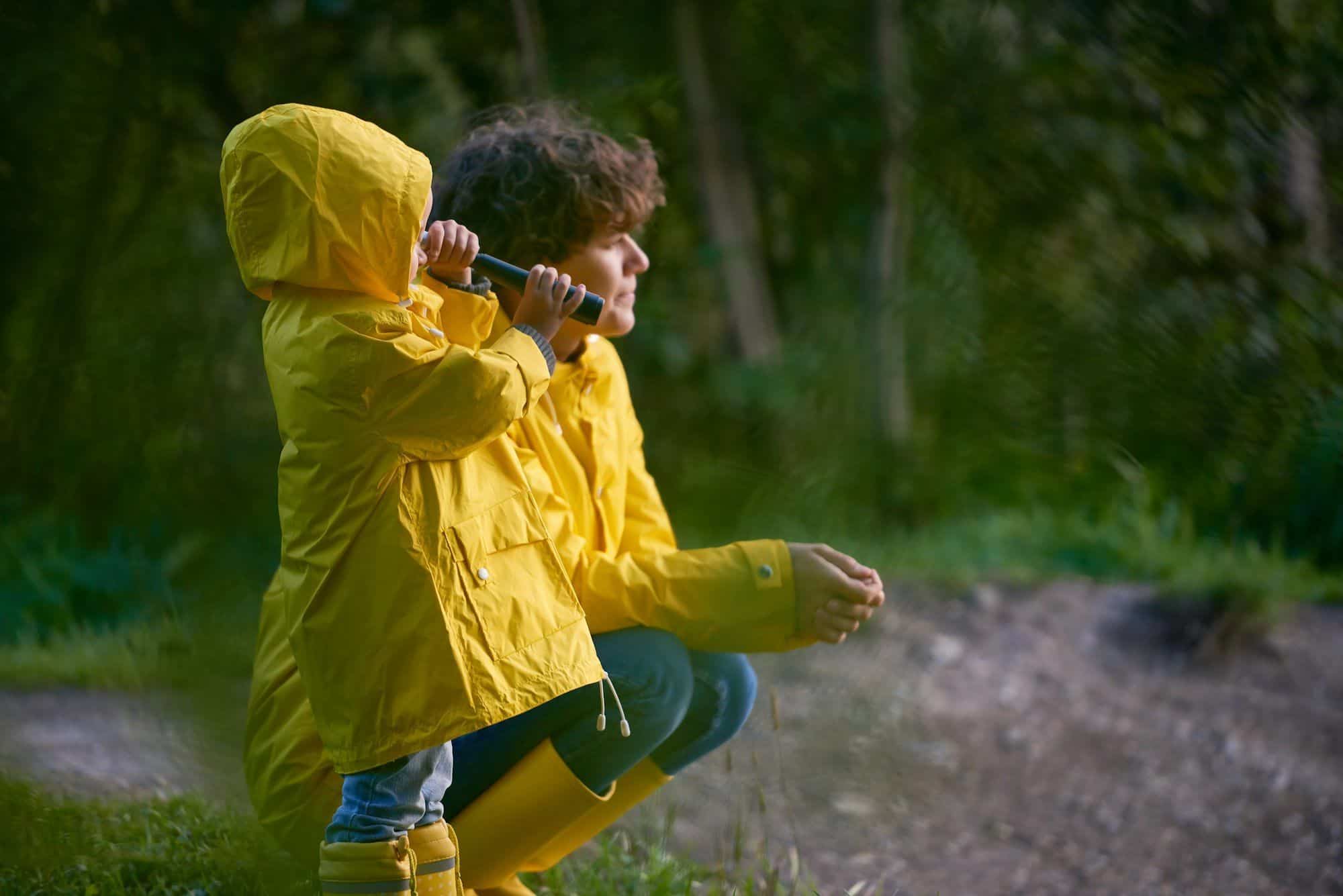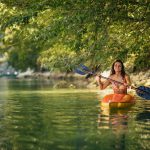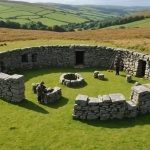Scotland’s remote islands beckon with their untamed beauty, ancient history, and unique culture. Whether you dream of the Hebrides or the Isle of Skye, planning your trip can seem like a daunting task. This guide will equip you with essential tips to ensure that your visit to these Scottish gems is nothing less than extraordinary. From the best time to travel to the intricacies of island hopping, here’s all you need to know.
Timing Your Trip to Scotland’s Remote Islands
When planning a trip to the remote islands of Scotland, choosing the best time is crucial. Each season offers its own unique charm and set of challenges.
Also to read : What are the best practices for wildlife photography in the UK’s national parks?
Spring (March to May) is ideal for those who love blossoming landscapes and milder weather. The islands are less crowded, allowing for serene exploration. Wildlife enthusiasts will find spring particularly rewarding, as it’s the season for spotting puffins and other unique seabirds.
Summer (June to August) is undoubtedly the most popular time to visit Scotland. The days are longer, giving you ample time to explore the islands. However, be prepared for more tourists and slightly higher prices. Summer also brings the infamous Scottish midges, so insect repellent is essential.
This might interest you : What are the best strategies for attending the Edinburgh Military Tattoo with ease?
Autumn (September to November) offers a quieter, more reflective experience with stunning colors as the landscape changes. The weather is still relatively mild, making it perfect for outdoor activities.
Winter (December to February) is for those who wish to experience a more rugged Scotland. While the weather can be harsh, the islands covered in a blanket of snow present a magical sight. Attractions are less crowded, and accommodation prices drop significantly.
The Best Ways to Reach Scotland’s Remote Isles
Reaching Scotland’s remote islands requires a mix of transportation modes. Most travelers start their journey from Edinburgh or Glasgow.
Taking the Ferry
Ferries are the primary mode of transport to the islands. CalMac Ferries operate extensive routes across the Hebrides and other isles. Booking in advance, especially during the summer, is advisable. Ferries are reliable, though weather can cause delays, so it’s wise to have flexible plans.
Flying to the Islands
For those short on time, flying is a viable option. Loganair offers flights from Glasgow and Edinburgh to several islands including Stornoway on the Isle of Lewis, and Barra, where you can experience the unique beach landing.
Public Transport and Car Rentals
Once on the islands, public transport options like buses are available but can be infrequent. Renting a car provides the most flexibility, allowing you to explore remote areas at your own pace. Keep in mind that roads can be narrow and winding, typical of the Scottish countryside.
Exploring the Hebrides: Must-Visit Islands
The Outer Hebrides are a collection of over 100 islands, each with its unique charm. Here are some of the must-visit islands.
The Isle of Skye
The Isle of Skye is often the starting point for many travelers. Known for its rugged landscapes, medieval castles, and picturesque villages, it is a Scottish gem. Must-see spots include the Old Man of Storr, the Quiraing, and the Fairy Pools. Allocate at least three days to fully appreciate Skye‘s beauty.
The Isle of Harris
Connected to the Isle of Lewis, Harris is famous for its stunning beaches. Luskentyre Beach and Scarista Beach are often ranked among the best in the world. The isle also offers various hiking trails and is known for its Harris Tweed.
The Isle of Lewis
The Isle of Lewis is rich in history and culture. Must-visit sites include the Callanish Standing Stones, which predate Stonehenge, and the Gearrannan Blackhouse Village, offering a glimpse into traditional Hebridean life.
The Isle of Barra
For an unusual adventure, head to Barra. The island is known for its airport, where planes land on the beach. Barra offers beautiful landscapes and historic sites like Castlebay.
The Uists
The Uists are a group of islands that include North Uist, Benbecula, and South Uist. They are ideal for bird watchers and those interested in Gaelic culture. South Uist is particularly noted for its machair, a unique coastal habitat rich in wildflowers.
Tips for Smooth Island Hopping
Island hopping in Scotland is a unique experience but requires careful planning.
Plan Your Route
Mapping out your route in advance is essential. Decide which islands you want to visit and how long you will spend on each. CalMac Ferries offer multi-island tickets, which can save you money and streamline your travel.
Accommodation
Accommodation options on the islands range from luxury hotels to cozy B&Bs and campsites. Booking in advance, especially during peak seasons, is highly recommended. Some islands offer unique accommodation options like self-catering cottages and bothies, providing an authentic Scottish experience.
Packing Essentials
Weather in Scotland is notoriously unpredictable, so packing layers is advisable. Waterproof clothing and sturdy footwear are a must. Don’t forget essentials like insect repellent and sunscreen. A detailed map and a reliable GPS are also crucial for navigating the remote areas.
Respecting Local Communities
While exploring the islands, it’s important to respect the local communities. Many of these islands have small populations, and tourism can significantly impact their daily lives. Following the Leave No Trace principles helps preserve the pristine environment. Be courteous to locals and respect their traditions and customs.
Capturing Memories: Social Media Tips
Documenting your trip to Scotland’s remote islands can be an enriching experience. Here are some tips for getting the most out of your Instagram posts.
Finding the Best Spots
The Isle of Skye’s Fairy Pools, Neist Point Lighthouse, and the Old Man of Storr are perfect for stunning photographs. The Callanish Standing Stones on Lewis and the beaches of Harris also offer great photo opportunities.
Timing Your Shots
The best time for photography is often early in the morning or late in the afternoon when the light is softer. This also helps avoid crowds, giving you cleaner shots.
Hashtags and Geotags
Using relevant hashtags such as #ScotlandTravel, #IslandHopping, and #VisitScotland can increase your visibility on Instagram. Geotagging your location helps your followers engage more with your posts and can provide useful information for fellow travelers.
Engaging with Your Audience
Engage with your audience by sharing interesting facts or travel tips related to your posts. This not only makes your Instagram posts more informative but also helps in building a community of like-minded travelers.
Exploring the remote islands of Scotland offers an unforgettable adventure filled with stunning landscapes, rich history, and unique experiences. By planning your trip carefully, respecting local cultures, and capturing beautiful memories, you can ensure a smooth and enriching journey. Whether you’re navigating the isles on a ferry, discovering the best places to visit, or sharing your experiences on Instagram, these essential tips will help you make the most of your Scottish adventure. Happy travels!
















